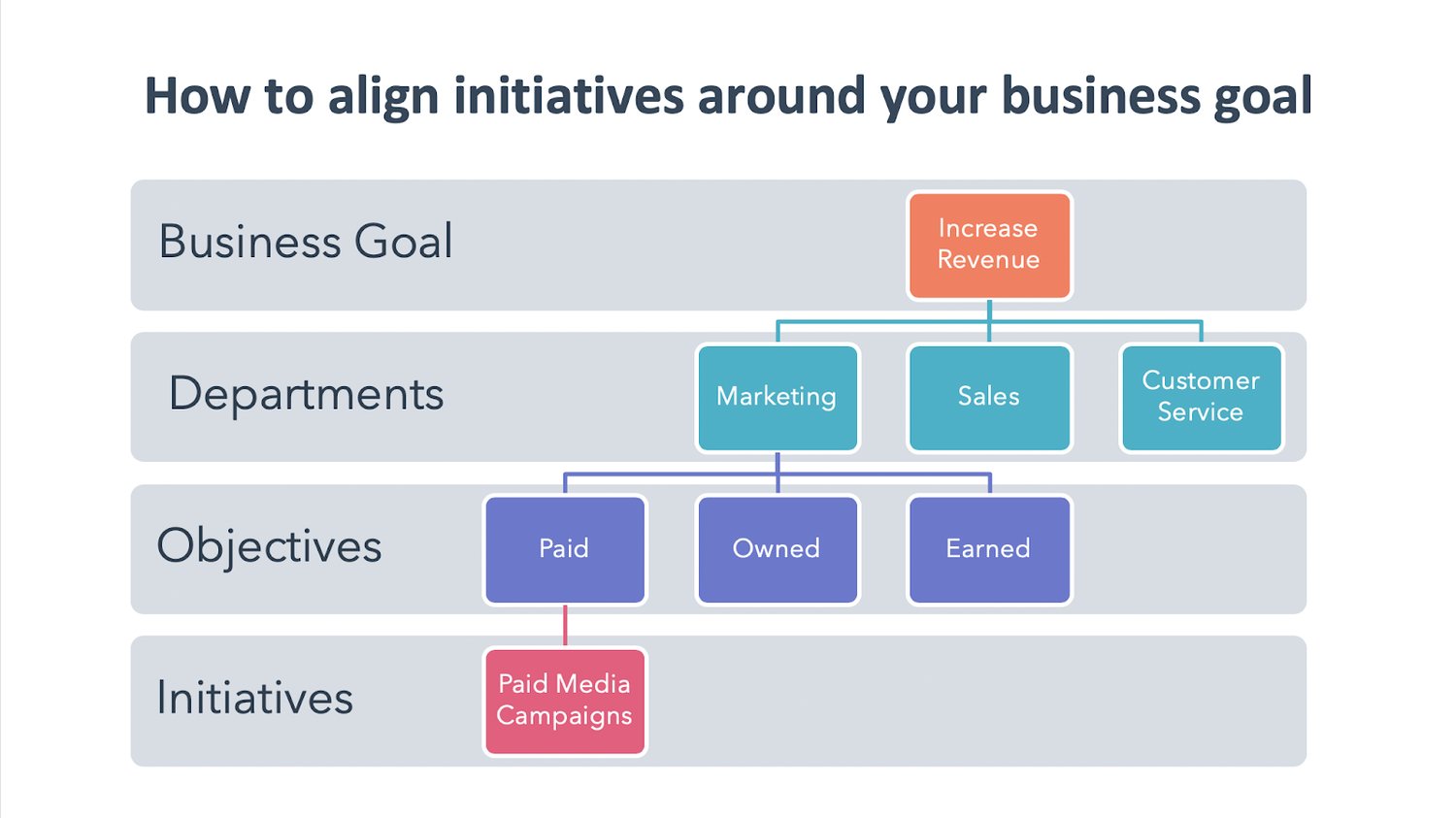How Much You Should Actually Spend on Digital Advertising in 2020
If you clicked on this post hoping to read something like "If you spend $1,000 dollars on digital advertising a month, you'll hit your marketing goals easily!" I'm sorry to disappoint.
When it comes to ad spend, there just isn't a perfect answer for every business. I know, it sounds like a cop-out, but I promise you it's true.
Now, you might be thinking, So, why am I even reading this post, anyway?
While I can't tell you how much money you should spend on digital ads this year, I can walk you through a framework to help you decide on your own optimal ad spend.
Sign up for HubSpot Academy's Ads Training Course
[Free Online Course]
Ultimately, here's what you should think about when deciding how much you should spend on digital advertising:
- How much investment is needed in order to hit my revenue goals?
- What percentage of my marketing budget can I realistically afford to spend?
- What is the lifetime value (LTV) of my average customer?
- How well am I converting website visitors into leads, and leads into customers?
- How much money am I spending on each bid?
At the end of this post, you'll know how to use historical data to determine how much money you need to spend to hit your business goals and how to optimize your efforts to get the most out of each advertising dollar. Sound good? Let's jump in.
1. How much investment is needed to hit revenue goals?
So — where do you start?
Well, the primary goal for most businesses is to generate sustainable long-term revenue growth. That's why, when determining how much to invest in digital advertising, you should work backward from your company's revenue goals.
Working backward can help you determine how much revenue your digital ads are responsible for bringing in, which can inform how much investment you need to make that goal reality.
Here's what this might look like:
It all starts at the top with your business goal, which is most likely to increase revenue. You'll have many departments working together to achieve this overarching goal, including marketing, sales, and customer service. By taking a look at historical performance across your business, you can identify what percentage of revenue each department is able to deliver.

Within marketing, you'll have multiple objectives that feed into marketing's responsibility, including paid, owned, and earned objectives. You'll launch a number of initiatives to support this business goal, including paid media campaigns.
To understand this concept, let's walk through an example. Let's say your business has the goal of increasing revenue by $100,000 this year. From historical performance, the business makes the marketing department responsible for 50% of this goal. Great — now, what initiatives are you going to launch to bring in that $50,000 revenue?
Well, digital ads are going to be only one of the many tactics you launch, all of which will need investment. Based on the historical performance of your ad campaigns, you know that you have an average $2.50 return on ad spend (ROAS). This means, for every $1 advertising dollar you invest, you make $2.50.
If you think that your other marketing campaigns on owned and earned channels can impact 75% of marketing's overall goal, that leaves 25% for you to hit with ads, or $12,500. Divide this by your ROAS of $2.50 and you'll find that you need to invest $5,000 throughout the year to hit your revenue goals.
2. What percentage of your marketing budget can you realistically afford to spend?
Now, do you actually have $5,000 to spend on your digital ads? If you do, then great — you can continue to sustain long-term revenue growth with your existing advertising strategy. But I wouldn't be surprised if many of you simply don't have the advertising dollars you need to make the impact you want.
Or, maybe you're experimenting with digital advertising for the first time and don't have historical data on ad spend and ROAS to inform your decision. What do you do then?
It's a difficult question to answer honestly, but you need to ask yourself: "How much money do I actually have?" Take a look at your cash flow and profit to get a grasp on how much money is realistically available for digital advertising investment.
If you set a budget that you can't afford, the long-term success of your campaigns, and sustainable growth, is doomed from the start. That's why it's important to start off with a budget that you're comfortable with and can commit to in the long-run.
But don't worry — even if you have a limited budget, that doesn't mean you can't use paid media as part of your greater marketing mix. Ultimately, before jumping right into ads, you want to further optimize other business metrics to get the most out of each and every advertising dollar.
3. What is the lifetime value (LTV) of your average customer?
Lifetime value is a prediction of the profit attributed to the entire future relationship with a customer. Simply put, LTV answers how much money you will make from a single customer over time.
To calculate LTV, take the average yearly revenue your average customer brings you and multiply it by the average lifespan of a customer.
For example, if your average customer pays you $500 a year, and stays with your company for six years, we can say the average lifetime value of a customer is $3,000. But let's not forget how much it costs to service a customer. If you factor in that it costs you $50 to service that customer each year, or $300 over their entire lifetime as a customer, you can say the average lifetime value of your customers is $3,000 minus $300, or $2,700.
Comments
Post a Comment